FAQ
Start the conversation to established good relationship and business.
What exactly is a transparent LED display wall?
A transparent LED display is a glass-like screen that can show video and dynamic content while still allowing visibility through the screen. It’s ideal for storefronts because it doubles as both digital signage and a window.
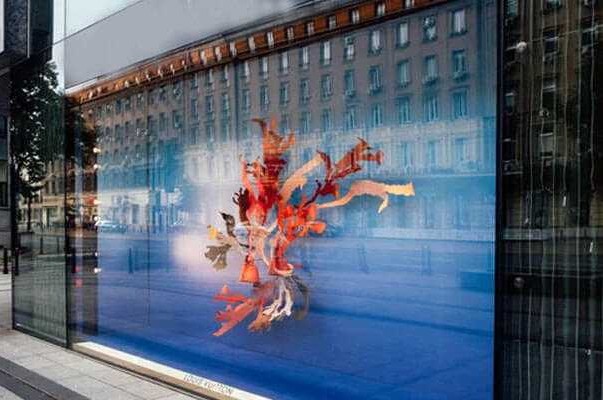
Can I still see through the display when it's turned on?
Yes. Our displays maintain up to 85% transparency depending on pixel pitch, so people can still see your products or interior through the glass—even while content is playing.
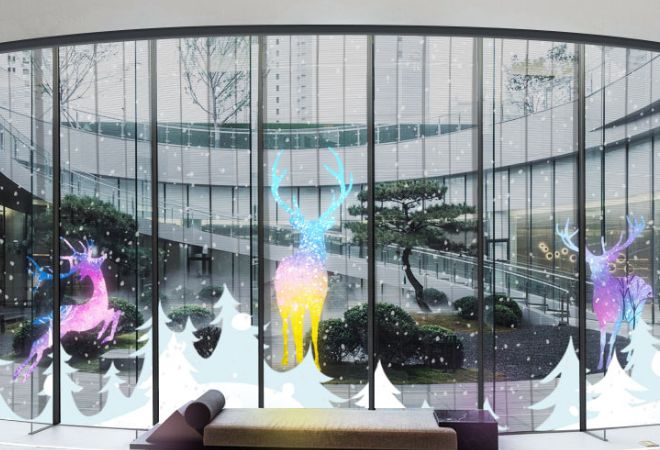
How bright is the display in daylight?
Our screens reach up to 6,000 nits brightness, which is more than enough for full visibility even in direct sunlight.

Does it work at night?
Absolutely. The brightness automatically adjusts, and you can customize content for nighttime foot traffic.
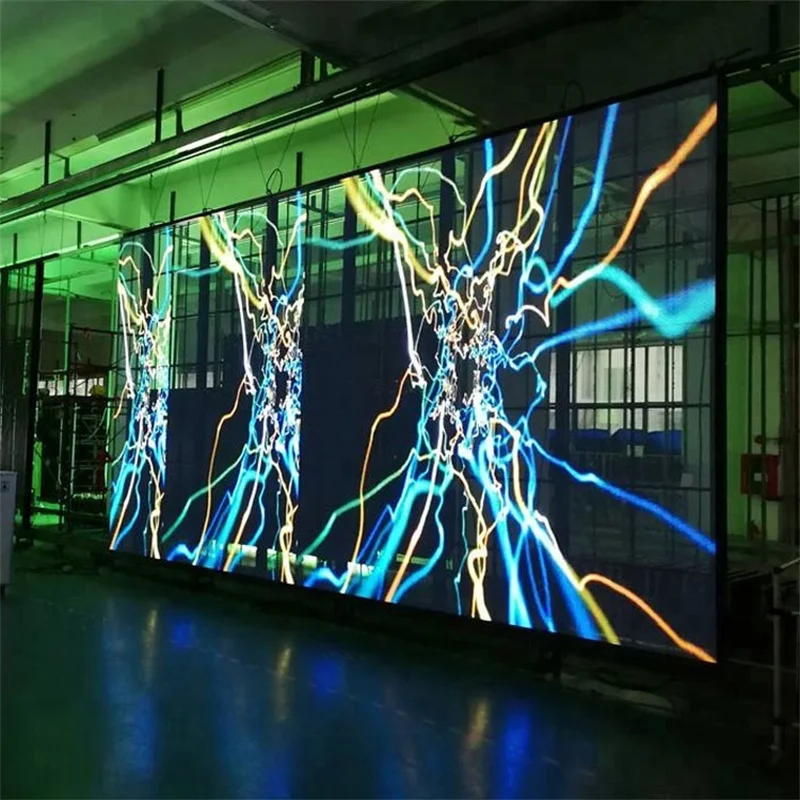
Can the display show video?
Yes. It can run full-motion video, animations, images, text, and live content—just like a regular LED screen.
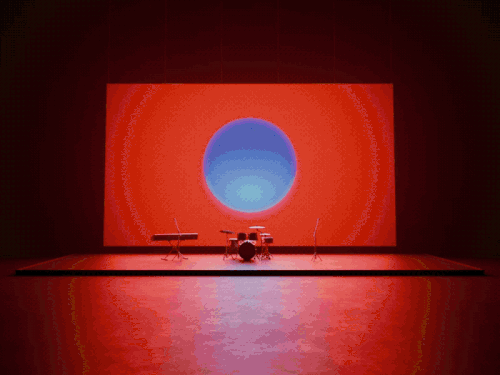
How is the screen controlled?
You can manage it remotely via Wi-Fi, LAN, or cloud-based CMS. We support video scheduling, live updates, and remote troubleshooting.
How is it installed—does it replace the window?
No. It mounts behind or in front of your existing glass using lightweight frames or brackets. In most storefronts, we use a frameless or edge-mounted setup to keep a clean look.
Is it safe for storefronts with heavy foot traffic?
Yes. The screens are made with tempered safety glass and pass all commercial-grade safety certifications.
How long does installation take?
A typical 8ft x 8ft display can be installed in one day. Custom projects may take longer, depending on electrical and mounting requirements.
Does it work in hot or cold weather?
Yes. Our displays are rated for extreme climates—typically -20°C to 60°C (-4°F to 140°F).
What sizes are available?
We offer modular panels starting at 500mm x 1000mm, which can be scaled up to fit any window or facade.
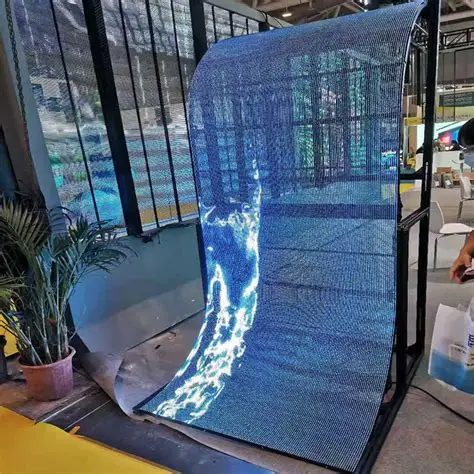
Can the screen match my exact window size?
Yes. We custom-fit panels to match your architecture while preserving transparency and viewing angles.

How does it compare to regular LED screens?
Regular LEDs block your window completely. Transparent displays keep your storefront visible and let you run ads and promos without needing to sacrifice aesthetics or daylight.
Can I show different content on different parts of the screen?
Yes. We support zoning, which allows different areas of the screen to display different content—great for multi-brand stores or promotions.
How much electricity does it use?
It’s surprisingly efficient. Power consumption is about 300–800W per square meter, depending on brightness and content.
How is the content uploaded?
You can upload content via USB, cloud CMS, or real-time network control. We offer plug-and-play systems and hands-on training.
Can it be used indoors as well?
Yes. These displays work beautifully in interior environments like malls, museums, and showrooms where visibility matters.
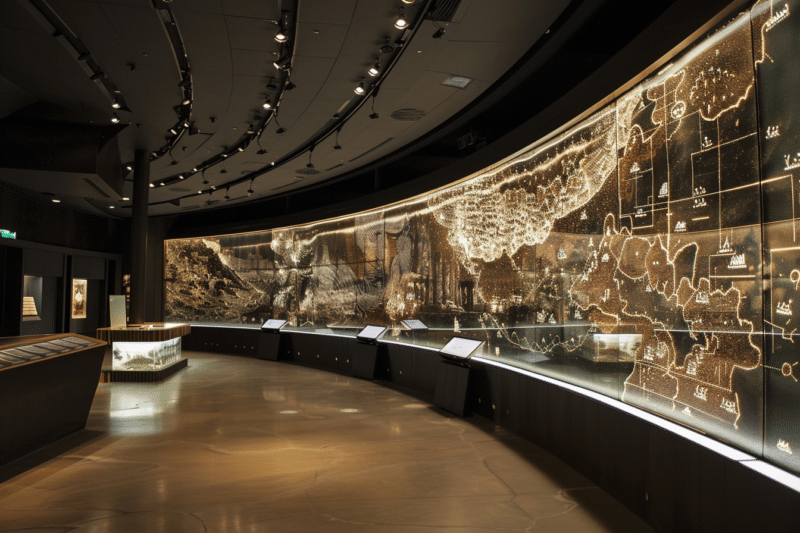
Will it damage or alter my storefront glass?
No. Mounting is non-invasive. We offer adhesive, bracket, or frame systems depending on the structure and code compliance.
What’s the typical ROI for retailers?
Many clients see ROI within 6–12 months. Transparent displays increase foot traffic, brand engagement, and walk-in conversion rates.
Is the screen visible from far away?
Yes. Depending on pitch, content is legible from 10–100+ feet away. It acts like a giant billboard with built-in transparency.
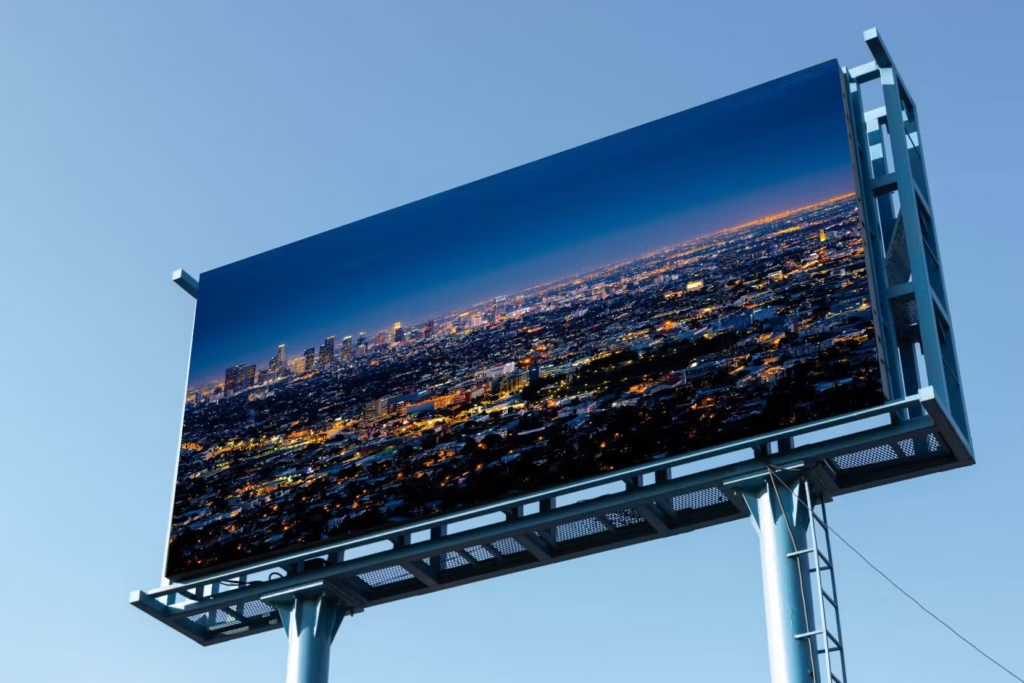
Does it support sound?
The screen itself is silent, but we can integrate it with in-store audio or external speakers if your application requires sound.
Can I change the content myself, or do I need a technician?
You can fully control it yourself. We provide user-friendly software and onboarding. No coding or tech background needed.
Is there a warranty?
Yes. Standard warranty is 2 years, extendable up to 5 years. We also offer local and remote support plans.
Do I need permits for installation?
In most cities, storefront signage permits are required. We can assist with drawings and documentation to make the process smooth.
How much does a display like this cost?
Pricing depends on size, pixel pitch, and installation needs, but most storefront systems range from $7,000 to $30,000+. We provide a custom quote within 24 hours.
